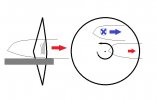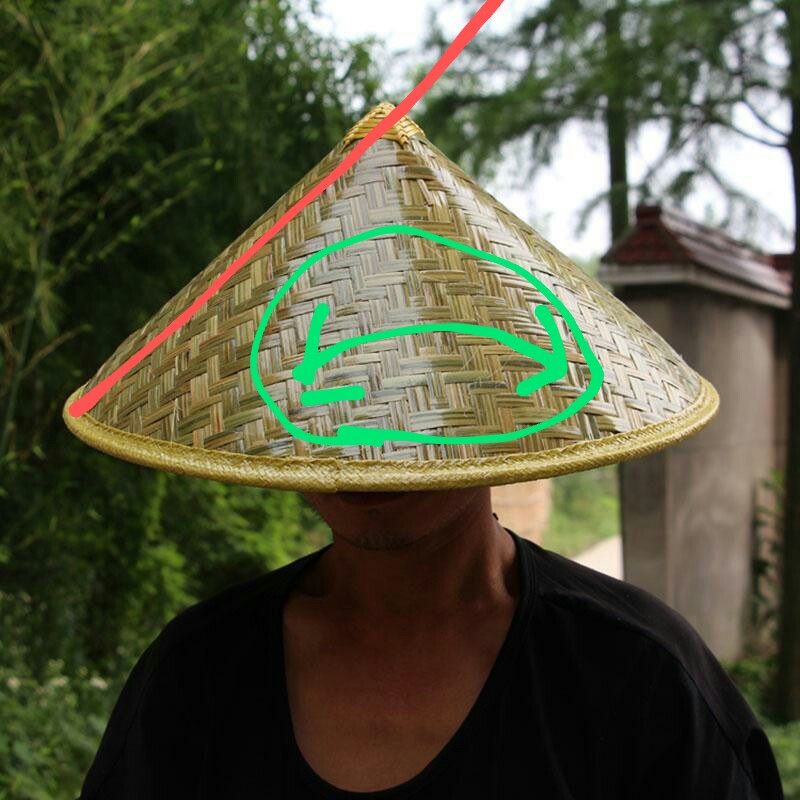- Joined
- Feb 3, 2020
- Messages
- 91
I am pretty limited on space in my shop but would like to get a disc grinder for flattening scales and bevels. I am considering just getting a disc and swapping it for the drive wheel on my 2x72 when it comes time to use it. I am not a high volume producer so swapping wheels won't be a huge time hindrance to me. My grinder flips horizontal so I can use the disc in either orientation. Is there a reason besides the time to swap wheels back and forth that this would not be recommended?
A second question - is there a preferred vendor of discs? I have been looking at just grabbing a flat 9" disc from Trugrit.
Thanks all!
A second question - is there a preferred vendor of discs? I have been looking at just grabbing a flat 9" disc from Trugrit.
Thanks all!



